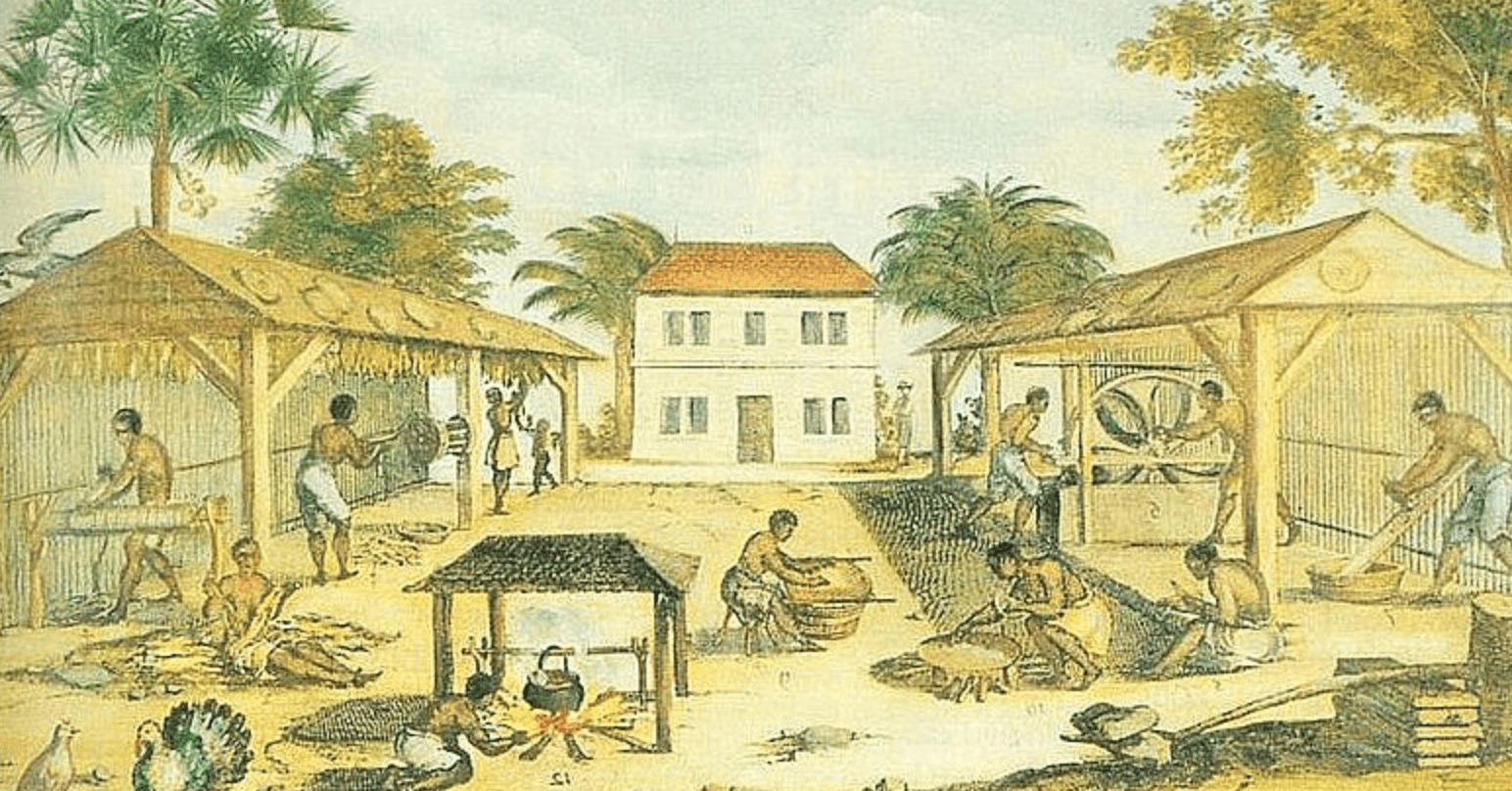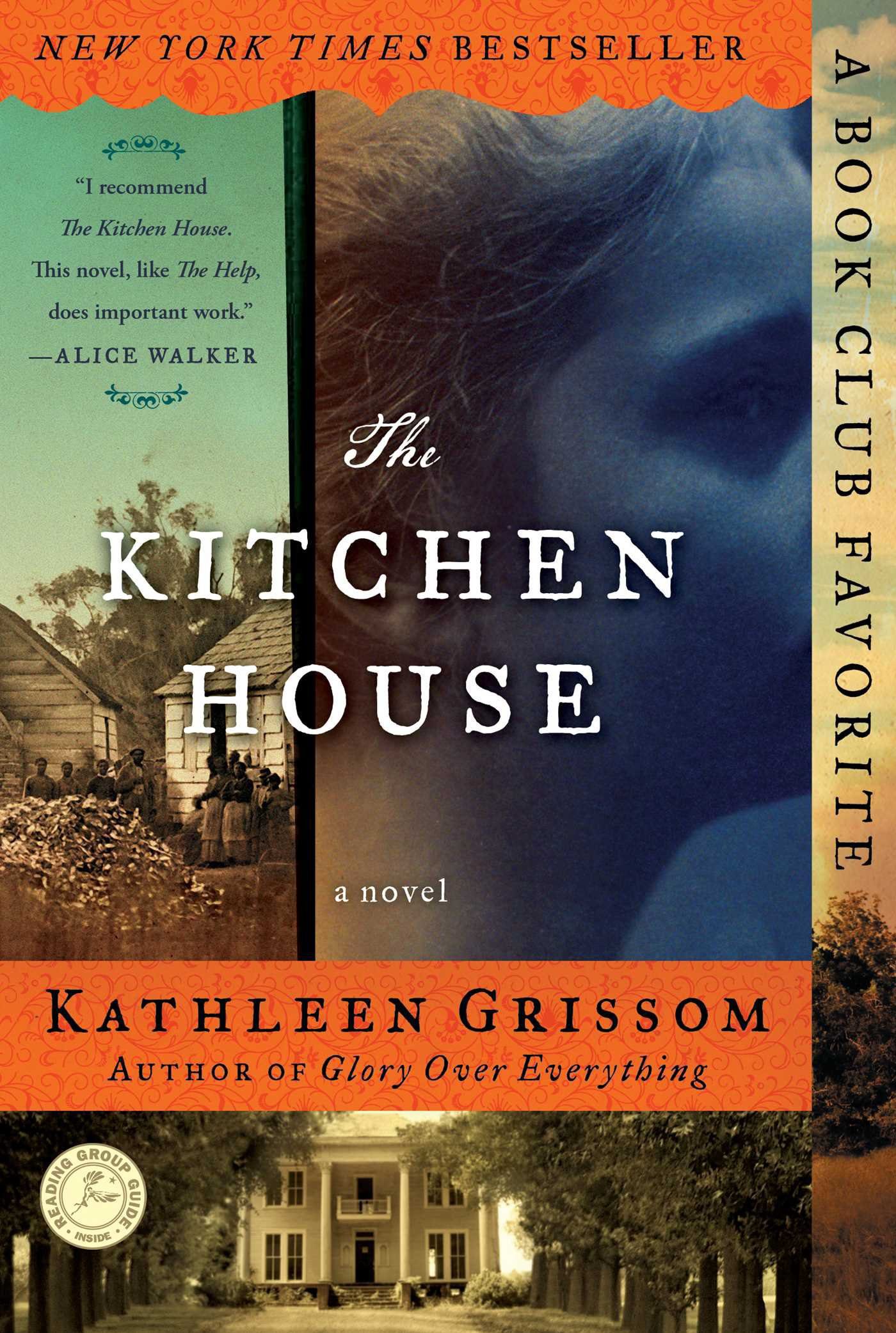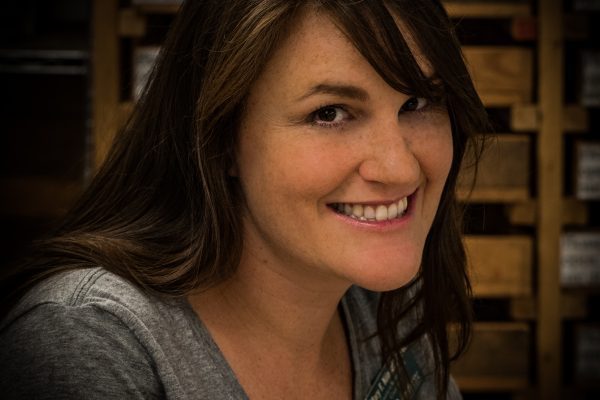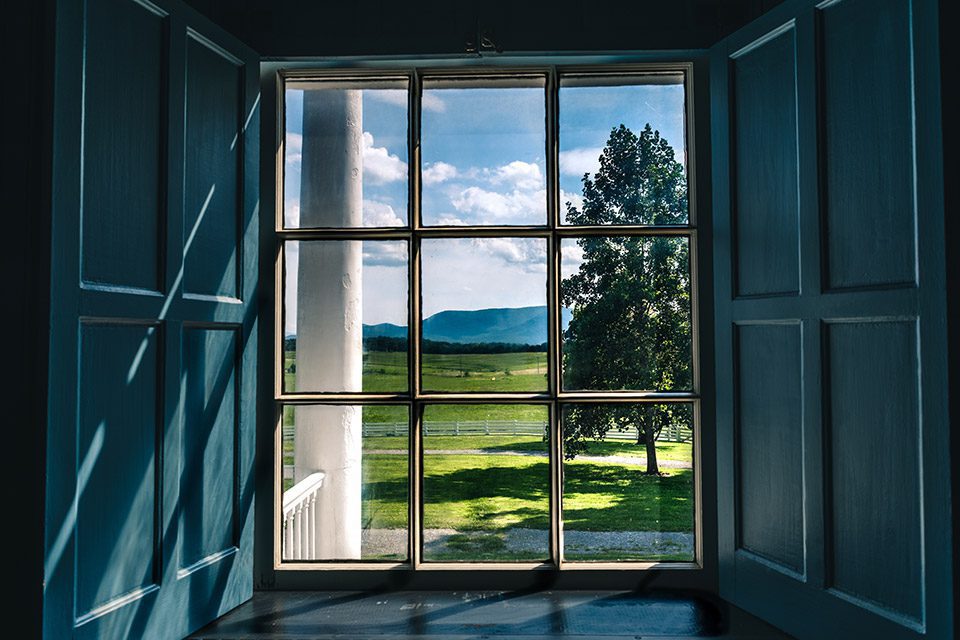Last updated on March 27th, 2024
Featured Image: James on Adobe Stock
About this Book
By Carolyn Ray
Come with us to step into plantation life in 1791 Virginia to meet Lavinia, a seven-year-old Irish orphan brought home by Captain James Pyke, the owner of a tobacco plantation. Though she is white, Lavinia is indentured to the family. She works alongside the slaves Mama Mae, Papa George, Belle (the captain’s illegitimate daughter), and a slew of children in the kitchen house, which is a place of privilege on the plantation.
Quill and Quire says: “The novel spans 19 years, during which Lavinia’s experience mirrors that of the slaves in the kitchen house but contains an additional level: as a white orphan, she is an outsider according to both the haves and the have-nots. Grissom creates parallels between many of the novel’s female characters, emphasizing that each one – even the mistress of the house – is subjugated in some way. Sex (usually in the form of rape) unifies the women and illustrates their powerlessness. This is an obvious device, but one that Grissom uses delicately to build and rebuild sisterly bonds among her female characters.”

Our Take on this Novel
Wendy and I both wanted to read this book again. It’s such a poignant story of love and loss, and the values that truly connect us as human beings. We loved the writing, the ‘realness’ of this story and how connected we became to the characters. This story shows you that family is what you make it.
We loved this book and can’t wait to read Kathleen’s next novel, “Glory Over Everything.’

Carolyn and Wendy, your book club hosts
Disclaimer: We are committed to being transparent about all content that we publish. We always encourage you to purchase or download your books from a local independent bookstore. Should you decide to purchase a book from Indigo, Amazon or other bookstores on our site, JourneyWoman may earn a small commission, which helps us maintain this website and continue to produce our free monthly magazine and other free services. Thank you!
The Kitchen House, by Kathleen Grissom
Recommended by: Carolyn, Wendy, Nancy
Published: 2010
Country: USA
Abstract: A New York Times Bestseller — Orphaned onboard a ship from Ireland, seven-year-old Lavinia arrives at a tobacco plantation where she is to live and work with the slaves of the kitchen house. Under the care of the master’s illegitimate daughter, she becomes deeply bonded to her adopted family. Eventually accepted into the world of the big house, with its absent master and mistress battling opium addiction, Lavinia straddles two very different worlds. Then she is forced to make a choice.

ABOUT KATHLEEN GRISSOM

Born Kathleen Doepker, I was privileged as a child to be raised in Annaheim, Saskatchewan, a hamlet on the plains of Canada. Although we lived in a small, tightly knit Roman Catholic community, I was fortunate to have parents who encouraged learning about other religions and cultures and books were the windows that expanded my world.
Years later, when my husband and I began restoration of an old plantation home in rural Virginia, I started to research the history of this house and the land that surrounded it. It was then I discovered an old map and there a notation that read ‘Negro Hill.’ To this day I am uncertain why those words captured me so, but I gradually set aside everything else to pursue the research and writing of the story that is now The Kitchen House.
https://kathleengrissom.com/about/
OUR FAVOURITE PASSAGE
“Could I be your girl, too?” I asked quickly.
The large, broad-shouldered man looked away before he answered. “Well, now,” he said, as though he had given it deep thought, “I sure do think I would like that.”
“But,” I said, concerned that he hadn’t noticed, “I don’t look like your other girls.”
“You mean because you white?”
I nodded.
“Abinia,” he said, pointing toward the chickens, “you look at those birds. Some of them be brown, some of them be white and black. Do you think when they little chicks, those mamas and papas care about that?”
Discussion Questions
1. What is your favourite part or passage of the book and why?
2. Why do you think the author chose to tell the story through two narrators? How are Lavinia’s observations and judgments different from Belle’s? Does this story belong to one more than the other? If you could choose another character to narrate the novel, who would it be?
3. One of the novel’s themes is history repeating itself. Another theme is isolation. Select scenes from The Kitchen House that depict each theme and discuss. Are there scenes in which the two themes intersect?
4. “Mae knows that her eldest daughter consorts with my husband. . . Almost from the beginning, I suspected their secrets” (page 107). Why does the captain keep Belle’s true identity a secret from his wife and children? Do you think the truth would have been a relief to his family or torn them further apart? At what point does keeping this secret turn tragic?
5. Marshall is a complicated character. At times, he is kind and protective; other times, he is a violent monster. What is the secret that Marshall is forced to keep? Is he to blame for what happened to Sally? Why do you think Marshall was loyal to Rankin, who was a conspirator with Mr. Waters?
6. “Fortunately, making myself amenable was not foreign to me, as I had lived this way for much of my life” (page 233). Do you think this attribute of Lavinia saves or endangers her life? Give examples for both.
7. Describe the relationship between Ben’s wife, Lucy, and Belle. How does it evolve throughout the novel? Is it difficult for you to understand their friendship? Why or why not?
8. “I was as enslaved as all the others” (page 300). Do you think this statement by Lavinia is fair? Is her position equivalent to those of the slaves? What freedom does she have that the slaves do not? What burdens does her race put upon her?
SPECIAL GUEST: Mary Furlong-Minkoff, PhD
We have a very special guest joining us: Mary Furlong-Minkoff, PhD, Curator of Archaeological Collections at Montpelier. Montpelier is the home of James Madison, the United States’ fourth President. Her focus is to work across disciplines and with the public, particularly the descendants of the enslaved at Montpelier to tell a whole truth history.
Mary joined Montpelier in 2015, and oversees the archaeology laboratory and archaeological collections. Her research interests focus civically engaged archaeology, African American archaeology and sensory archaeology. She received her PhD from the University of Maryland in Anthropology, and her MA in Historical Archaeology from the University of West Florida. Prior to her time at Montpelier, Mary worked across the Eastern Seaboard and with the National Parks Service.
To prepare for this book club, visit Montpelier’s Mere Distinction of Colour (MDC) Exhibit. Through archaeological artifacts, oral histories, documentary research, and architectural reconstructions, MDC tells the story of the enslaved people of Montpelier and the connections between slavery, racism, the Constitution, and today.

MISSED THE BOOK CLUB? WATCH IT HERE!



0 Comments
We always strive to use real photos from our own adventures, provided by the guest writer or from our personal travels. However, in some cases, due to photo quality, we must use stock photography. If you have any questions about the photography please let us know.
Disclaimer: We are so happy that you are checking out this page right now! We only recommend things that are suggested by our community, or through our own experience, that we believe will be helpful and practical for you. Some of our pages contain links, which means we’re part of an affiliate program for the product being mentioned. Should you decide to purchase a product using a link from on our site, JourneyWoman may earn a small commission from the retailer, which helps us maintain our beautiful website. JourneyWoman is an Amazon Associate and earns from qualifying purchases. Thank you!
We want to hear what you think about this article, and we welcome any updates or changes to improve it. You can comment below, or send an email to us at [email protected].